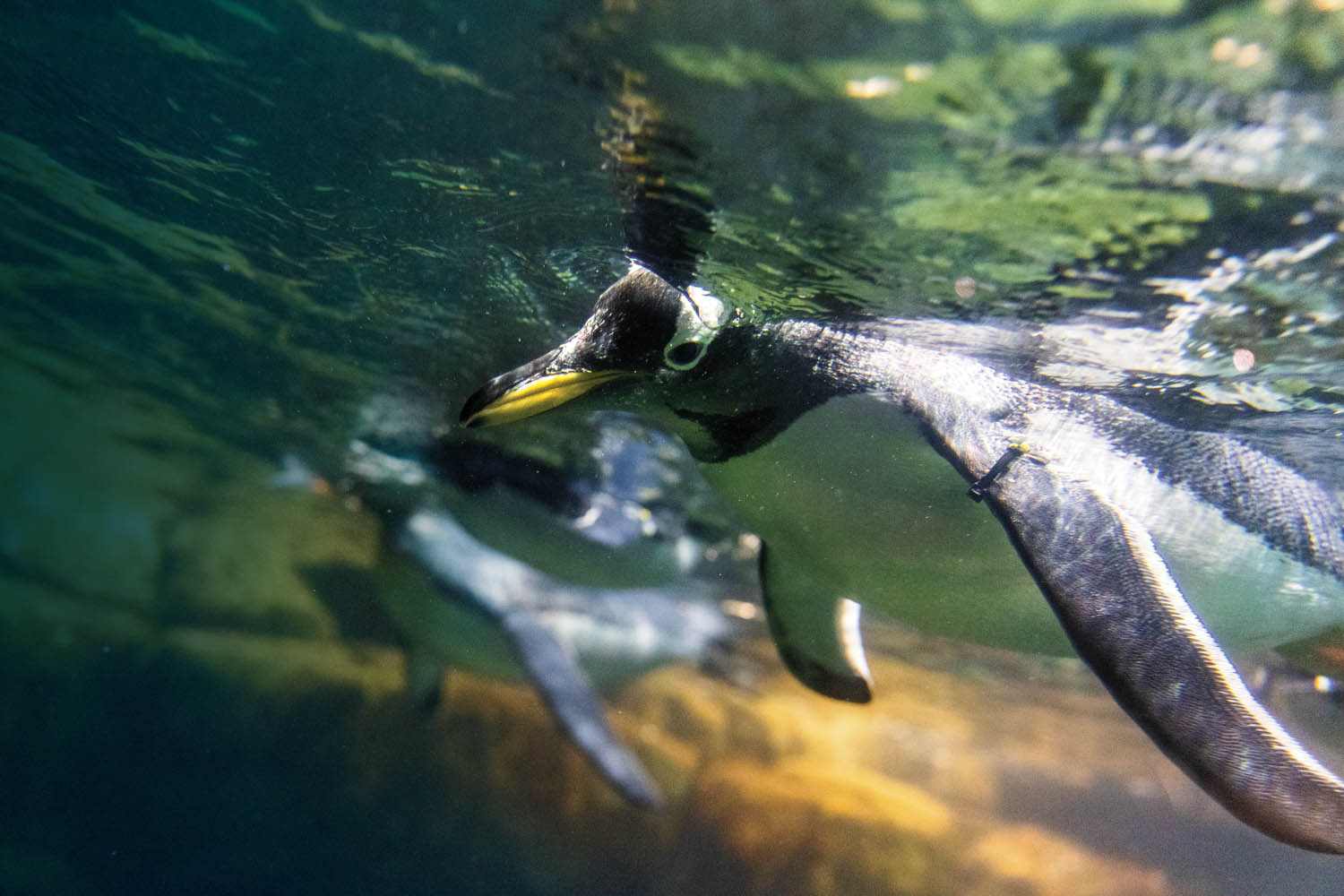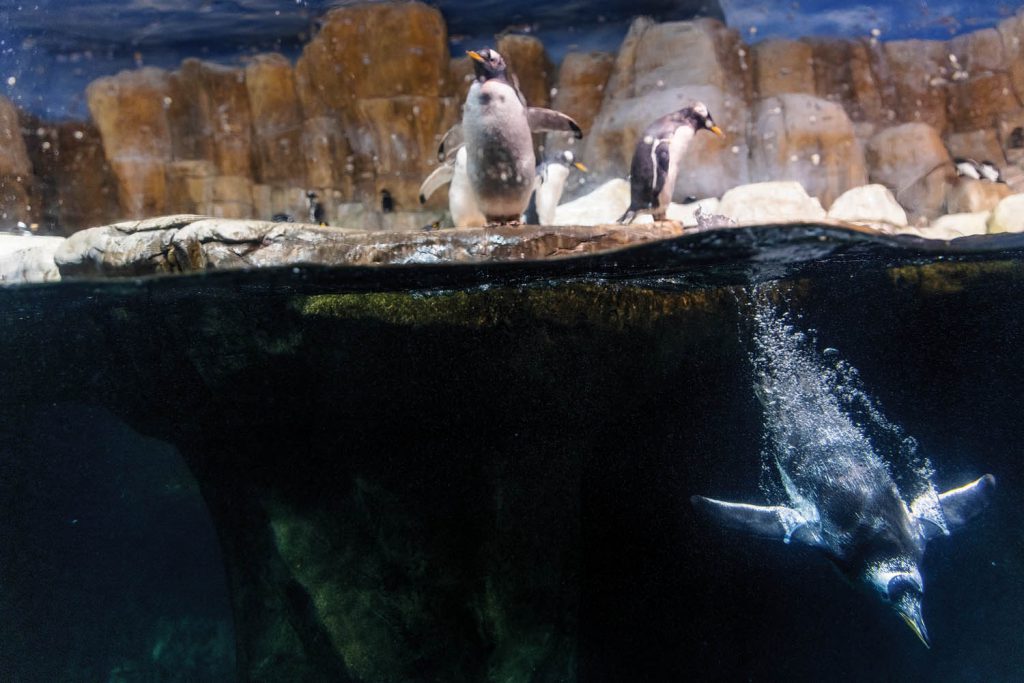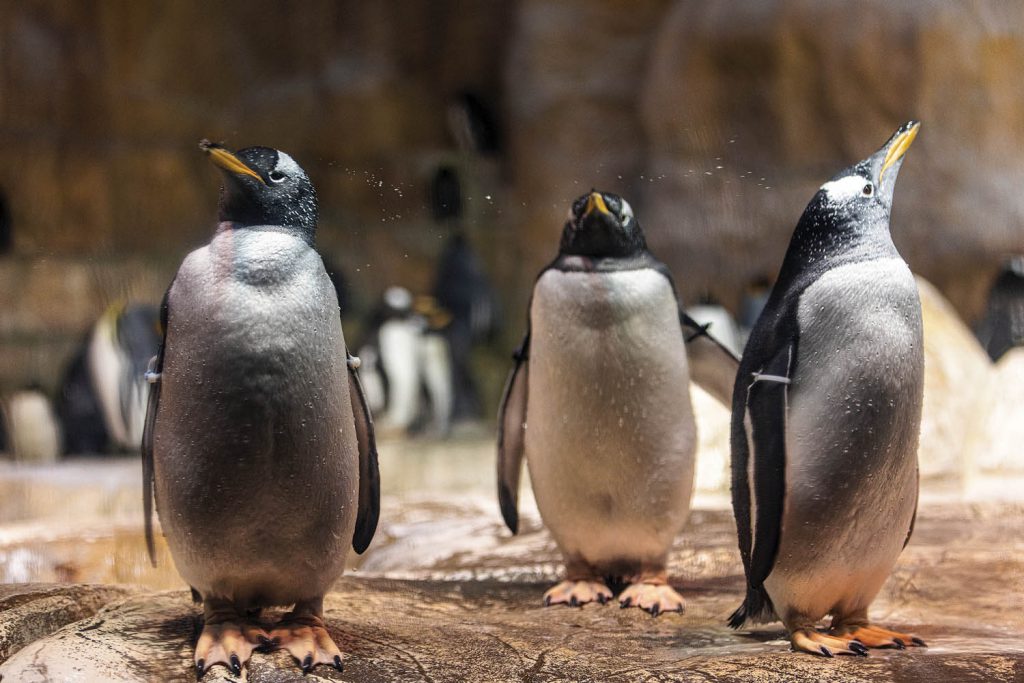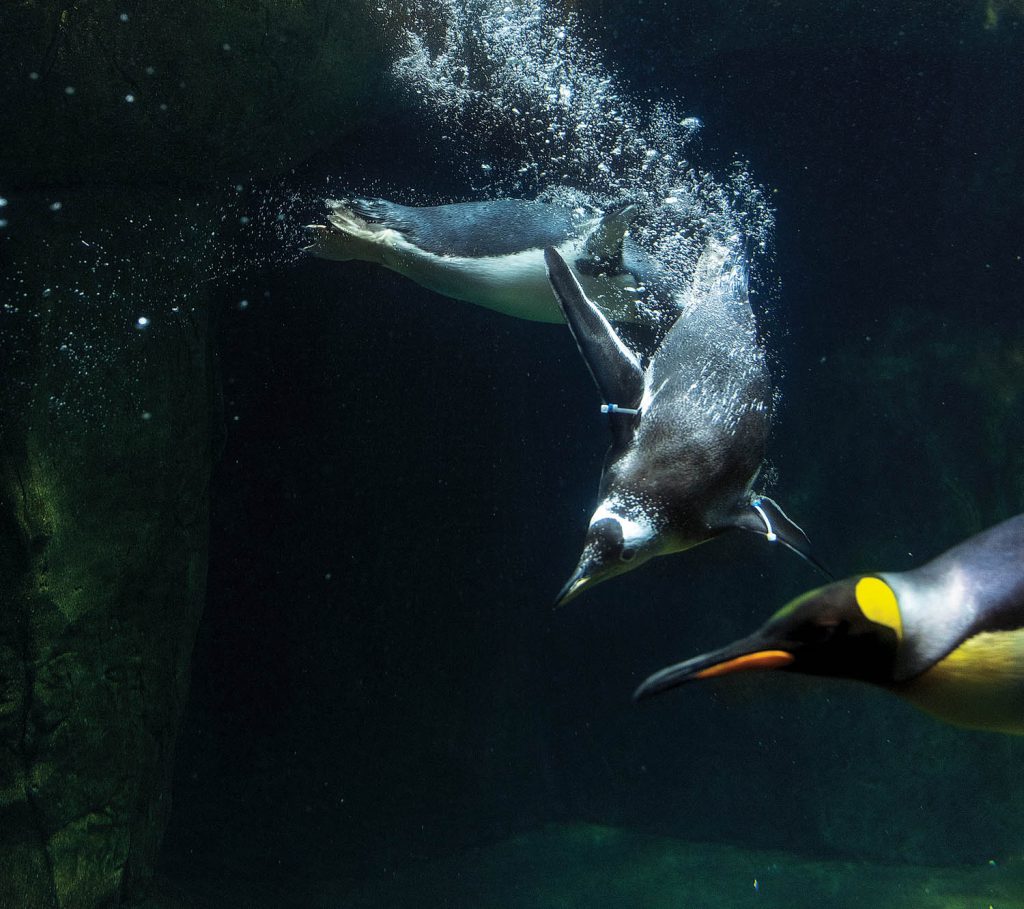Penguins are deep divers that can hold their breath for up to 30 minutes, giving them time to hunt for dinner. This ability is thanks, in part, to their distinctive hemoglobin, the body’s oxygen courier that travels via the bloodstream.
Nebraska biologists uncovered hemoglobin’s evolutionary trick that turned penguins into underwater specialists.
Jay Storz, Willa Cather Professor of Biological Sciences, and his team compared two reconstructed ancient hemoglobin proteins. One protein dates back roughly 60 million years to penguins’ nondiving ancestor. The other protein dates to 20 million years ago, after penguins branched from albatrosses and other flying seabirds and evolved the ability to dive.
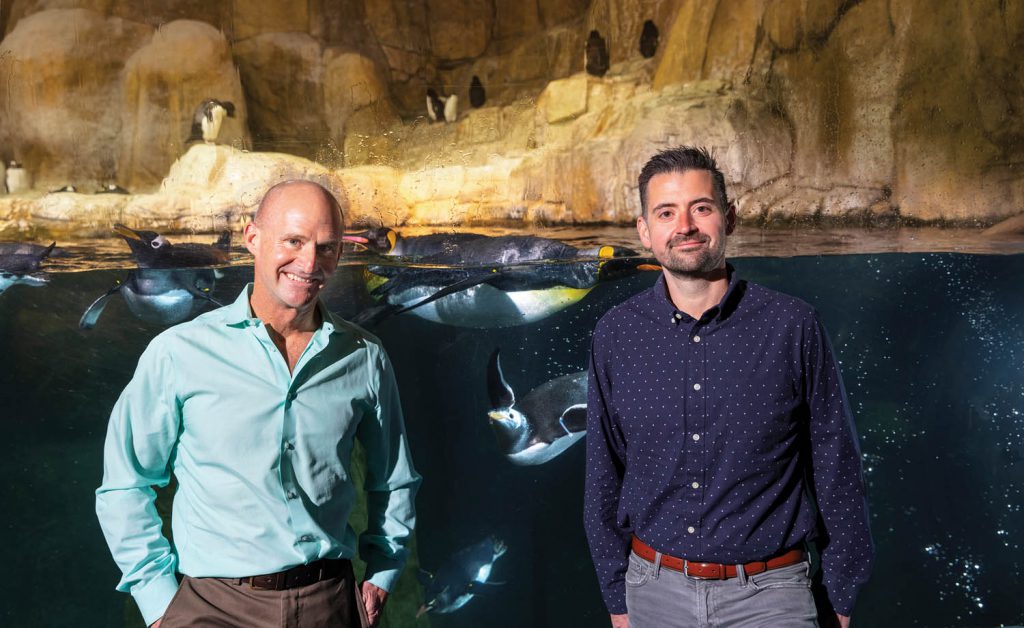
By identifying differences between the hemoglobins of early penguins and the nondiving penguin ancestor, Storz’s team discovered evolutionary changes that occurred to accommodate long dives.
Researchers found that penguin hemoglobin evolved to better capture oxygen molecules in the lungs. At the same time, its greater sensitivity to acidic conditions, which occur during the physical strain of diving, induces hemoglobin to release oxygen at its destination.
This combination allows penguins to maximize the oxygen circulating in the body while they’re under water.
Although the premise of comparing ancient hemoglobins was straightforward, resurrecting the proteins was not. Storz’s team used a computer model to extrapolate ancient genetic sequences based on differences in the genetic codes among modern penguin species as well as with distantly related seabirds. The idea is similar to comparing differences in related modern languages to trace word origins.
The team genetically engineered E. coli bacteria to produce the resulting hemoglobins for experimental comparison.
“We can learn things from animals that are adapted to extreme environments or that have evolved specialized lifestyles,” Storz said. “These discoveries also have potential biomedical applications. A lot of research on the respiratory properties of blood are relevant to applications in transfusion medicine, for example.”
The study was published in the Proceedings of the National Academy of Sciences.
The University of North Carolina Wilmington, Mississippi State University and SeaWorld San Diego participated. The National Institutes of Health and the National Science Foundation funded this research.
+ Additional content for Penguin Hemoglobin Evolved to Meet Oxygen Demands
Nebraska news release: Waiting to exhale: Penguin hemoglobin evolved to meet oxygen demands of diving
Media mention: Diving is in the blood of penguins (Polar Journal, 3/25/2021)

